This is a monthly post on 'Book Review for Parents'. Every 1st week of the month I will post review of the books that I have read with regards to raising our children. My previous posts were:
Jan - Raising Musical Kids
Feb - Lynn's Money Adventures
Mar - Appreciating Your Child
This book presents a revolutionary fact: children are far more capable than we give them credit for. In fact, we could be wasting our children’s most important years (0-6) by refusing to allow them to physically explore their world & thus improve their overall mobility development. Early mobility development affects intellectual & social development later on.
 |
| The benchmark The Institutes for the Achievement of Human Potential (IAHP) uses |
The early development of mobility in the newborn baby is, therefore, a vital part of his future ability to learn & grow to his full potential. The human brain actually grows by use & this growth is virtually complete by 6 years of age.
 |
| Picture from the book: tiny babies, as little as 3 months old, can crawl if they were stimulated physically at birth |
 |
| Picture from the book: the tools parents used to help their children to learn crawling |
 |
| Picture from the book: construction of crawling track for tiny babies |
 |
| An infant crawling track provides a safe and comfortable environment for a baby to crawl in. |
 |
| Giving the infant crawling track a slight incline allows gravity to help the baby crawl forward. |
This book demonstrates that being physically superb is not limited to a few rare children who, by virtue of some special genetic potential, have within themselves the seeds of physical genius. This book says that every child born has the inherent right to be physically superb. The good guys in The Institutes of Achieving Human Potential (IAHP) believe that every child born has, at the instant of birth, a higher potential intelligence than Leonardo da Vinci ever used. That potential intelligence, inherent at birth, includes, & indeed begins with, physical function.
This book is for parents with very young children or parents-to-be. The authors believe the greatest teaching team in history is that of parent & child, & that parents can teach a baby absolutely anything which they can present in an honest & factual way.
Tiny babies would rather learn than do anything else.
Tiny children think that the most precious gift (toy) in the world is the undivided attention of an adult, preferably Mom or Dad.
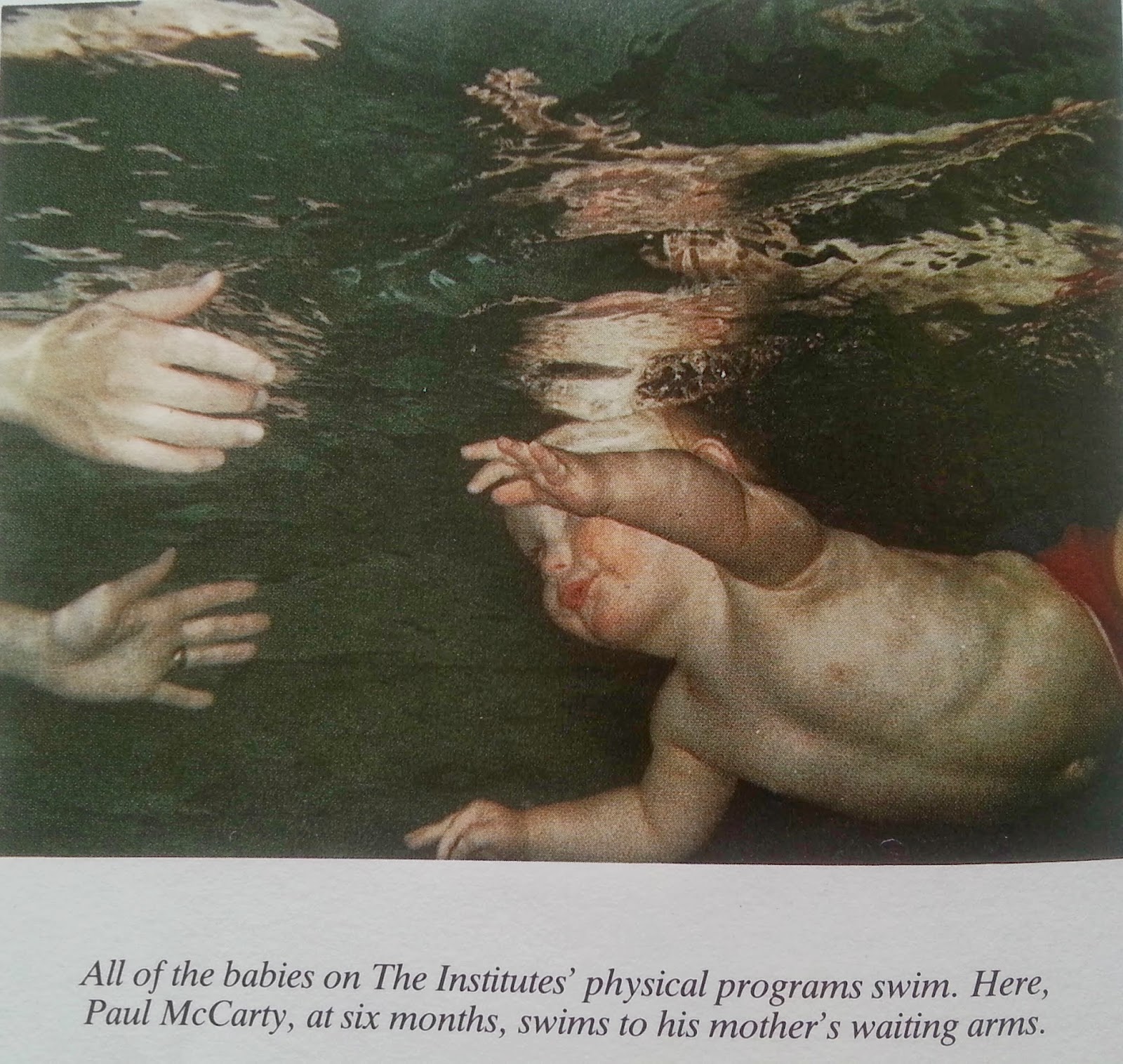 |
| “It is easier to teach a five-year-old to swim than a six-year old, a three-year-old than a four-year-old, and a one-year-old than a two-year-old. Newborn babies already know how to swim, so we really don’t need to teach them much. We only need to give them the opportunity to use what they have learned in utero.” - Douglas Doman, How To Teach Your Baby to Swim |
This is a valuable book for parents with very little ones or parents-to-be, worthy to be read over & over again. It is only when parents recognise that they can do a lot to stimulate their children, they can help their children to achieve many of their potentials.
 |
| If your child can crawl on his belly, have him crawl as much as possible. To create the ideal environment for movement, give unlimited space and a clean, warm, safe floor. |
 |
If your child can creep on his hands and knees, have him creep as much as possible.
Movement improves digestion, health, intelligence and vision. |
 |
If your child can run, have him run as much as possible & make each session with your child joyous & successful.
Movement enhances respiration & increases oxygen to the brain, resulting in improved brain function. |
 |
Babies love to swim. They should have the opportunity to swim right from birth.
In fact, swimming helps to stimulate brain growth & development.
It provides an excellent opportunity for the newborn baby to develop physically when it is difficult for him to move on land. |









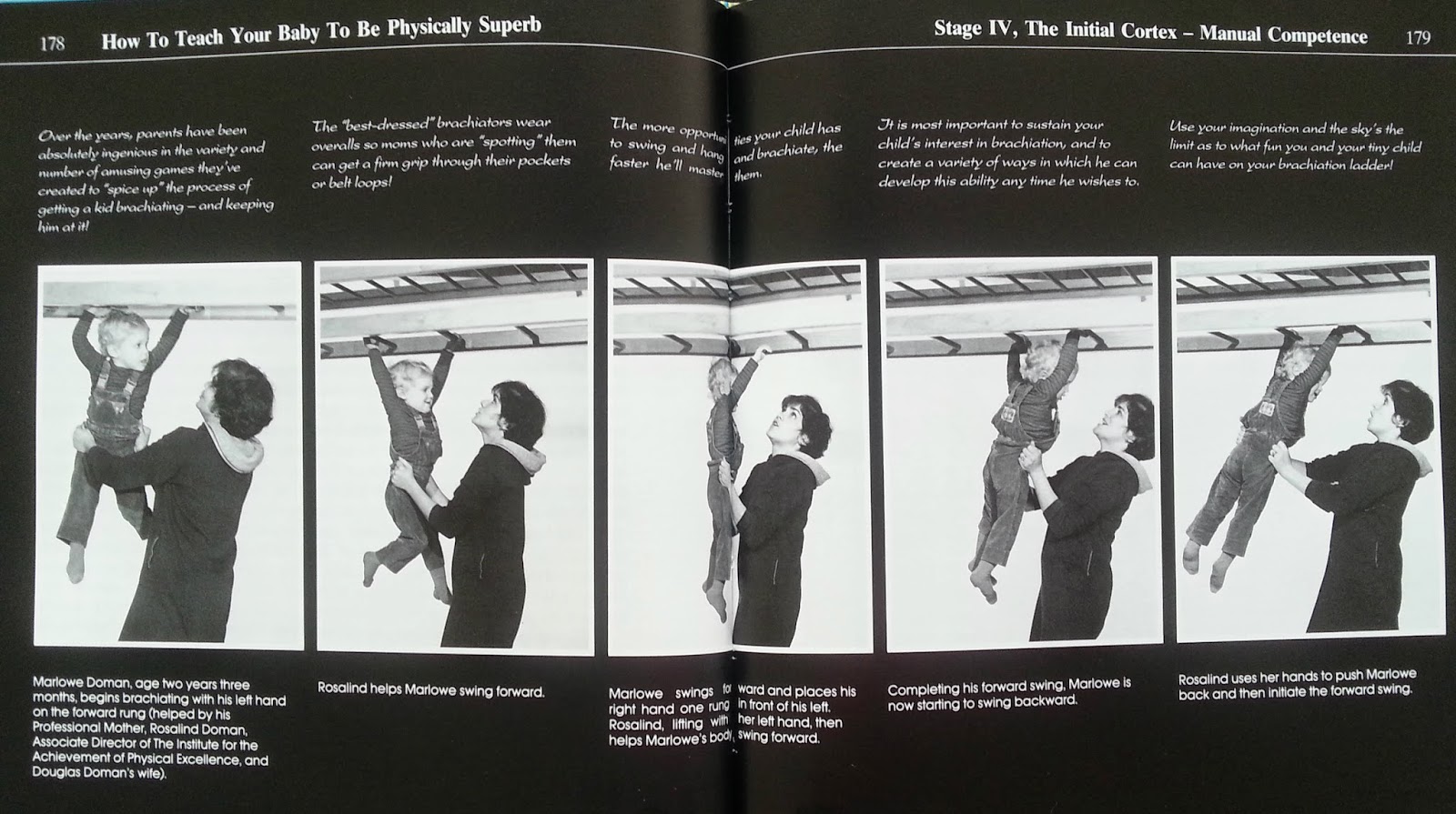
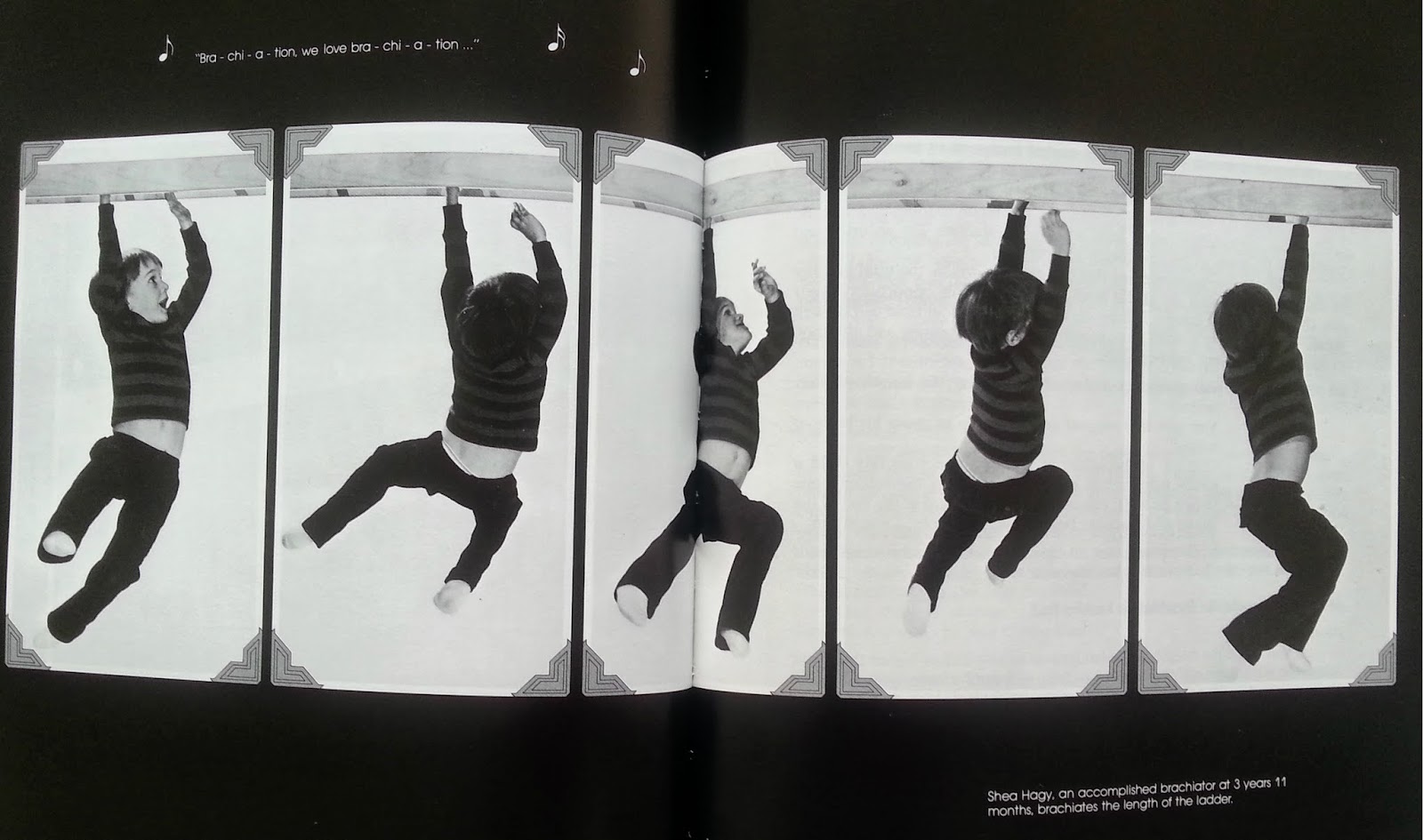



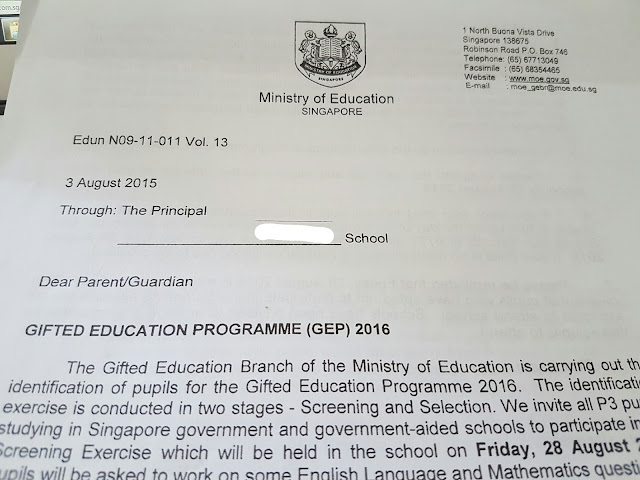
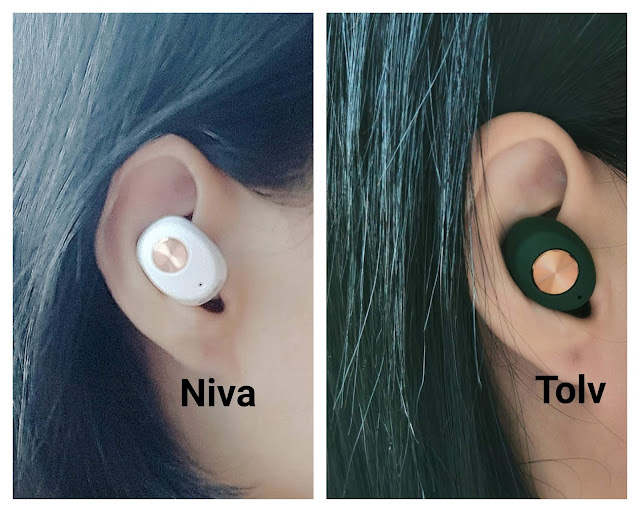
Just too "wow" - but so much work. Have seen it but never considered doing. No chance by then I think? haha.
ReplyDeleteAgree, it's a LOT of work. It is a great commitment too. I'm awed by parents who attended the courses in IAHP. They have such great passion & commitment to help their children. I wished I had read this book before I was pregnant so that I could have all the time I had to plan & design those helping aids!
DeleteI only read the one on reading and intelligence - but bc I got them free from my friend when my youngest son was already some few months old. Maybe 7 or 8 mths' old? At that time we just finished a DVD flashcards reading programme based on Dolman's methods. I found his books very easy to read. I also read the Math one - but really fail at it.
DeleteThe greatest success I found was in the reading. He showed us that he could recognise words by 10mths old - both Chinese & English. And then I followed what Dolman taught in his book about making simple books for the baby to read - simple stories about things that happen in his life. So I made books like about "a ride on the MRT" , "Bus", "Concert", "Going to Beach" etc. All events he could identify with. Now I don't know what to do with the books. Keep for him to show his kids next time lah. haha.
You hardworking mum, just like me :D
DeleteI also DIY many books (EL & CL) basing on Dorman's method.
Amm.... those DIY books have been used as rough paper liao.
cannot lah - mine nicely self-bound. haha - using book-binding tape from Daiso. ;D
Delete